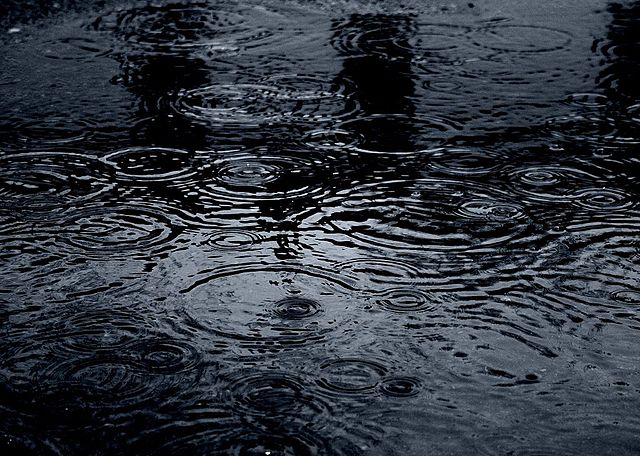I ran across an article this week in the Metropolitan Planning Council newsletter out of Chicago which discussed how rainstorms are now producing more rain than they have in the past. The article is here. They talk about how 100-year rain events now have more rain than in the past in their area. For example, a storm which happens on average once in a 100 years over a 24-hour period used to be 7.58 inches, but now in Chicago it is 8.57 inches. That means that most of the city’s culverts, gutters, and the crowns on its interstates are under-designed for the modern climate, leading to more frequent flooding when heavy rain overwhelms the system. It’s an interesting article for anyone who is interested in infrastructure design, because all engineered designs like that are based on rainfall statistics tied to historical rainfall observations. Just ask a civil engineer!
I wondered if this would also be true in the Southeast. To compare the older and newer 100-year 24-hour storms, you need to use the two documents below, showing the old and new values.
Older statistics from NOAA Technical Paper 40 (data ended in 1961): https://www.nws.noaa.gov/oh/hdsc/PF_documents/TechnicalPaper_No40.pdf
Newer statistics from NOAA Atlas 14 (through about 2016): https://hdsc.nws.noaa.gov/hdsc/pfds/
For comparison, Atlanta in the older atlas has a 100-year 24-hour value of about 7.5 inches (reading off the map), and in the newer atlas has 7.47 inches, which is remarkably similar considering how many extra years of data were added in the second atlas. That is good news for people in Atlanta, because it means their infrastructure should be well designed to handle the heavy rains we get here (although this does not take the infrastructure’s condition into account). For Savannah, the old value was about 10 inches compared to the more modern value of 11.4 inches, so their 100-year storm is definitely a higher value, similar to Chicago. That may be bad news since it means heavier rains are occurring now than in the past. Try it out for your own location and see how they compare!
